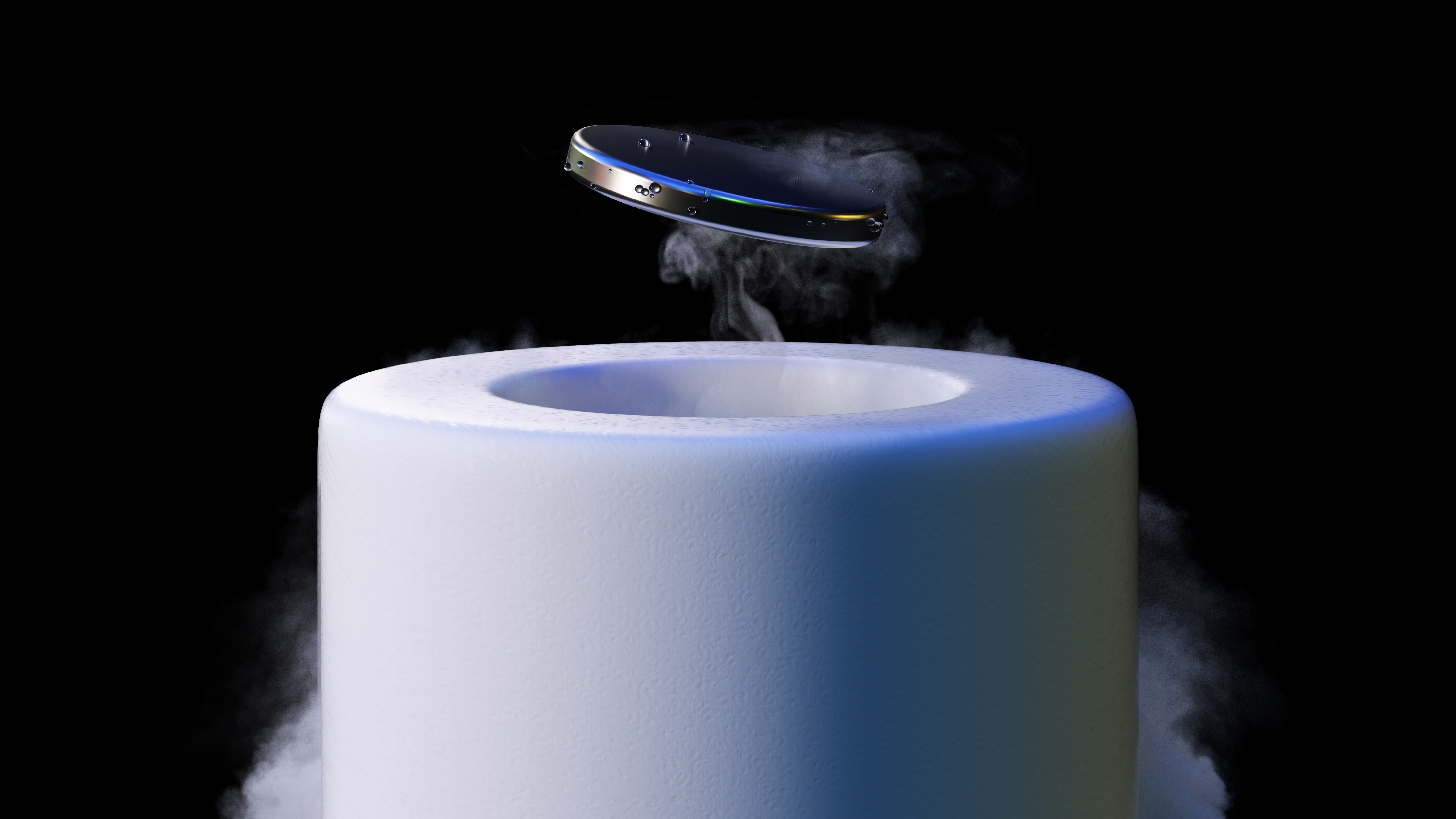
You might think that LK-99 was this year's mark of shame on the superconductor world (although things are a bit more complicated than that). But the truth is that that particular blip in the radar of materials science is hardly the front-runner for its 2023 calendar.
Today, Nature announced the retraction of yet another one of Ranga Dias' (and co-authors') papers on room temperature superconductivity — the third mark of scientific suspicion on his work (conducted with the University of Rochester in New York) and that of physicist Ashkan Salamat at the University of Nevada, Las Vegas (UNLV). Scientists are concerned that the field's reputation is being frayed by these hiccups.
Ranga Dias wasn't alone — there were several co-authors on each of his papers, so it becomes difficult to ascertain responsibility, chain of trust, or even the moment that errors (some too questionable to be mere oversights) were inserted into the papers. But today's retraction sees an uneven split between researchers. Out of the eleven authors of the original (and now retracted) paper on hydride superconductivity, eight of them submitted the retraction notice: it seems that the questions surrounding the results were doing more harm than what benefits could be had from the publication. Ranga Dias was one of the holdouts, and continues to deny wrongdoing.
As the retraction note clarifies, "[the eight co-authors] have expressed the view as researchers who contributed to the work that the published paper does not accurately reflect the provenance of the investigated materials, the experimental measurements undertaken and the data-processing protocols applied." It continues, adding that these co-authors "have concluded that these issues undermine the integrity of the published paper."
The original paper related to the claim of room-temperature, ambient-pressure superconductivity being found in a hydride — hydrogen-based materials that feature an extra electron (technically making them anions), and one of the poster-boys for materials science and superconductivity research — as one of the most promising research venues.
Multiple superconductors have been found in hydride-land since the first discovery back in 2015 — but most of them require pressures that are millions of times greater than atmospheric levels to attain superconductivity, severely limiting their applications. A group led by physicist Mikhail Eremets at the Max Planck Institute for Chemistry in Mainz, Germany, described a hydride that achieved superconductivity in a hydrogen–sulfur compound at −70 °C (203.15 Kelvin) — and 145 gigapascals of pressure (around 1.43 million times atmospheric pressure). Ranga Dias et al's hydride was described as achieving superconductivity at a much more palatable 10,000 times atmospheric pressure. If you want to count the orders of magnitude difference, go ahead.
For superconductors and condensed matter physics in general, the year has been particularly marked by what some are calling "a crisis of trust". This crisis of trust has a single reason: bad science.
The issue with bad science is that science is hard enough already to replicate, even when everything goes according to plan. The requirements are theoretically simple: provide original work that is provable, verifiable, and independently replicable under the same circumstances and processes. Even then, the Nature retraction demonstrates just how hard it is to reach a conclusion in scientific fraud: despite the controversy and the paper being retracted, Nature describes the retraction as the result of "an investigation by the journal and post-publication review [which] have concluded that these concerns are credible, substantial and remain unresolved." Even a paper being retracted doesn't automatically mean that we can say for sure that this is fraud.
That same theoretical simplicity increases the damage done by bad actors: every year, hundreds of groups end up wasting both time and money pursuing replication attempts for badly-documented — and, sometimes, doctored — science. Some even provide their work in good-faith, only to find other co-authors co-opted the scientific process for one reason or another (just ask the hundreds of co-authors now left to scramble in discovering whether their own work was impacted this way by a single researcher, Francesca Gino).
There's been talks of a crisis of trust in the scientific community, but the precipitous rise in scientific fraud (retracted papers increased tenfold in the last decade) could actually be a result of better editorial control and improved peer-review processes. That's definitely the silver lining here, and one that's hardly the exclusive domain of science.
Bad actors, bad studies, bad research and bad articles will always exist. You could even say it's in our nature.







